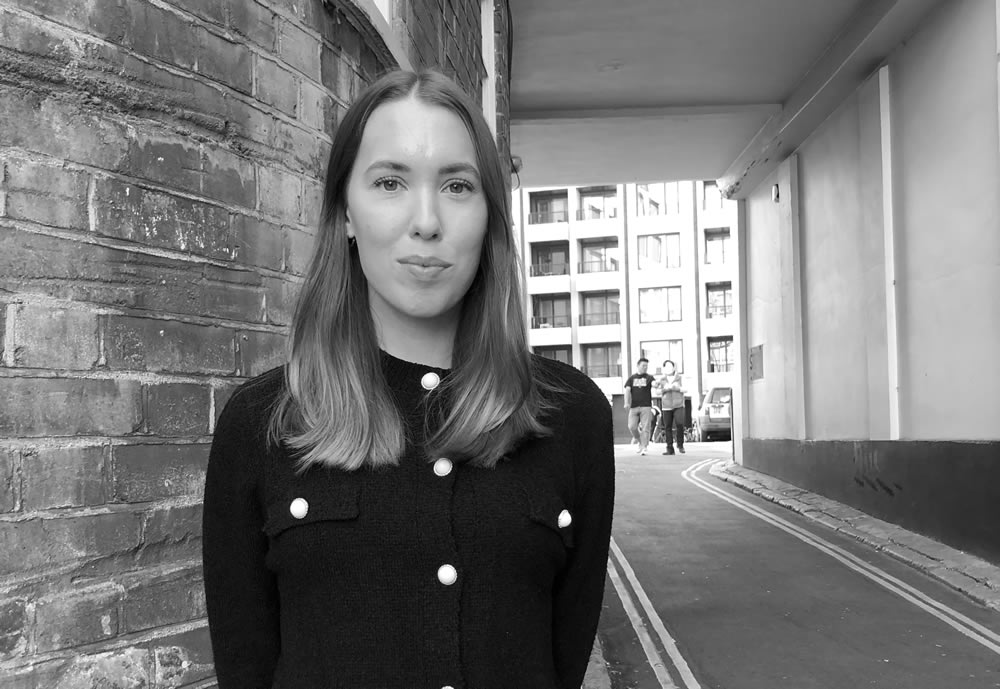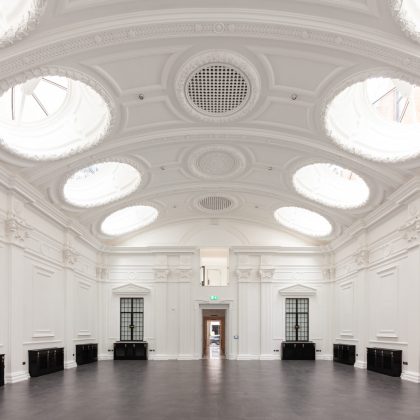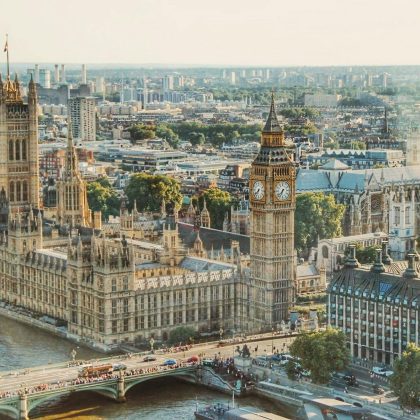We are delighted to announce that Astrid Svensson has recently joined our team as Senior Account Manager, bringing years of national and international experience in PR and marketing for urban regeneration and placemaking.
Astrid shares her thoughts on the most exciting shifts happening in the built environment, and what this means for placemakers and their communications programmes.
What has been your career highlight so far?
Working in the retail, leisure and placemaking industries for the last five years, I have been fortunate enough to work on some of the most exciting urban transformation projects worldwide – taking me all the way from my native Sweden to Saudi Arabia via the UK and various cities in mainland Europe such as Berlin, Copenhagen and Oslo.
For me, some highlight moments have been representing clients at major trade shows, ensuring they gain the right exposure both during the event and in the weeks and months after by organising media briefings and press meets. Some highpoints include coordinating a press breakfast onboard a super yacht at MAPIC 2021 and hosting a chess tournament for journalists and key industry players featuring none other than chess World Champion and the highest ranked chess player in history, Magnus Carlsen at MIPIM 2019.
What do you think are the most exciting shifts happening in the built environment today?
In the last few years, headwinds from Brexit and the Covid-19 pandemic have created a perfect storm for the real estate industry. Whilst many have struggled, it has also accelerated many necessary changes, such as a shift towards health and wellness – leading to a more human-centric approach to designing places and reimagining of the places in which we spend our time. We know all too well that the old saying of ‘build it and they will come’ no longer rings true, whether you are designing an office building or a town centre, so developers really need to adopt a pull strategy to design places that people want to visit, dwell in and come back to. I am excited by the collaborative opportunities this presents, as the role of communications is vital to be able to tell the story of a place in a way that connects with people.
The disruption of the industry has also led to a need for business models to evolve, with companies diversifying and trying new things at a never-before-seen rate. Recent examples of this include department store giant John Lewis turning residential developer, Tesco trialling in-store flexible office spaces and Ikea becoming a shopping centre landlord. Henry Ford is said to have coined the phrase “if you always do what you’ve always done, you’ll always get what you’ve always got”, and these initiatives are helping to reshape the built environment, not just by creating a much more diverse, dynamic and innovative industry – but, ultimately, more vibrant places.
You have extensive experience in delivering strategic and integrated PR and marketing campaigns for both UK-based and international projects, what can the UK learn from markets such as the Nordics?
I have worked on numerous international masterplan developments and there are certainly things that the UK can learn from other markets (and, of course, vice versa). Historically, many UK projects have focused on designing great buildings, with less emphasis the space in-between them. Whilst this is shifting the UK, in other parts of the world street life has been engrained within the culture for decades, because of favourable weather conditions and freedom to roam rights, which creates a different mindset when it comes to public realm. A great example of this is Bjørvika, a mixed-use masterplan development on the fjord-front of Oslo, where the waterfront has been integrated into the project just as much as its buildings. Rather than privatising and closing the 3-kilometre waterfront promenade off, or dedicating it to uses directly driving profit, the developers have built stairs and jetties that allow people to use the water however they see fit – bringing the concept of ‘mixed use’ to life.
Most importantly, I have learnt that every market is vastly different and unique. From a communications perspective, detailed consumer research and trend analysis is vital to understand nuances, and ensure the PR strategy meaningfully engages with a places audiences.
What advice would you give to placemakers looking to integrate B2B social media within their communications strategies?
In 2022, no communications plan is complete without a social media strategy. Platforms such as Instagram are often thought of as primarily a consumer channel, but, with careful messaging and the right content, you can utilise these spaces to address both your B2B and consumer objectives without isolating the other. We are moving further away from thinking about platforms as B2B or consumer, and more focused on the individual.
LinkedIn can be a powerful tool to grow visibility amongst networks and audiences, but many peoples’ feeds are becoming increasingly repetitive, and placemakers should think creatively about how their messages stand out.



